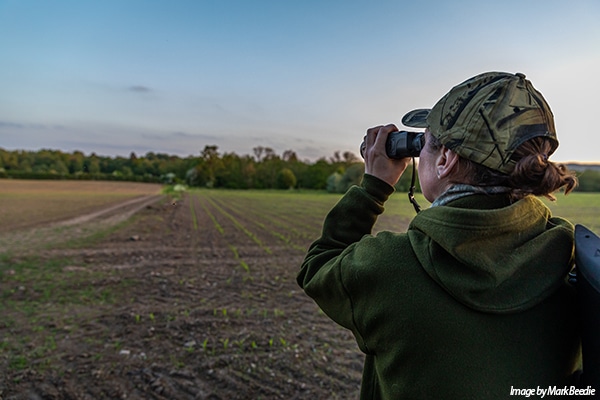
Where do I start?
The shooting of foxes, ground game, pest birds and rats is necessary to ensure that damage to game, wildlife, livestock, and growing crops is kept at sustainable levels.
Get information on the legal shooting season for mammals and birds in the UK.
Apply for funding for your project or make a donation today
Comprehensive information and advice from our specialist firearms team.
Everything you need to know about shotgun, rifle and airgun ammunition.
Find our up-to-date information, advice and links to government resources.
Everything you need to know on firearms law and licensing.
All the latest news and advice on general licences and how they affect you.
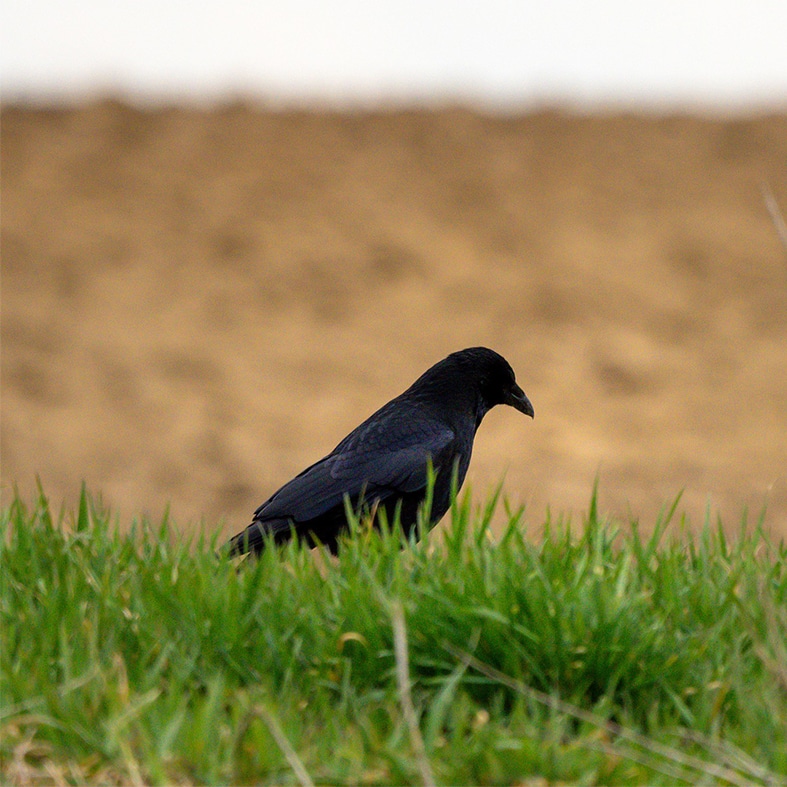

Home » Pest and Predator Control » How to make a ladder trap
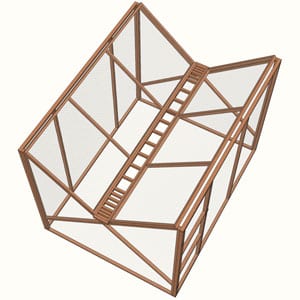 Corvids can be prolific predators of young gamebirds, small mammals and young livestock, which is why they need to be controlled.
Corvids can be prolific predators of young gamebirds, small mammals and young livestock, which is why they need to be controlled.
This can be done by a range of different methods but no one method is suitable for all circumstances.
A strategically set ladder trap will catch birds when other methods of control either won’t work or are impractical.
Before setting a trap, it’s important you understand, and comply with, any appropriate legislation. It’s important you familiarise yourself with any relevant codes of practice.
Ladder, or multi-catch cage traps, are usually made of large, timber-framed sections covered with a small-diameter wire mesh and have a door for the operator to gain access.
These traps are specifically designed so that the target species can enter by a narrow opening – the ladder – but cannot escape when they attempt to fly out.
Ladder traps are often used in situations where large numbers of corvids are present. Unlike the smaller Larsen trap, the ladder trap is designed to catch a large number of birds in a short amount of time.
When deciding where to set the trap, look for areas near to large corvid populations or where the birds have been seen feeding regularly.
The trap can then be erected – with the door fixed open and the roof sections off. The trap can then be baited; typically with bread, grain or eggs. Allowing the birds to fly in and out of the trap for a week or so will result in a greater success rate when the trap is set.
When you’ve seen a good number of birds using the trap, fit the roof and close the door. Large numbers of birds can enter the trap in a relatively short time so it’s important that the trap is visited, and emptied, regularly.
Remember, it’s your responsibility to ensure you abide by the law when using any kind of trap. To ensure you comply, see the BASC code of practice on trapping pest birds available to download below.
Ladder traps are often DIY constructions and require only basic tools and moderate DIY skills to make – see the BASC video “How to Build a Ladder Trap”. There is also an instruction sheet that accompanies this video available to download and print.

The shooting of foxes, ground game, pest birds and rats is necessary to ensure that damage to game, wildlife, livestock, and growing crops is kept at sustainable levels.
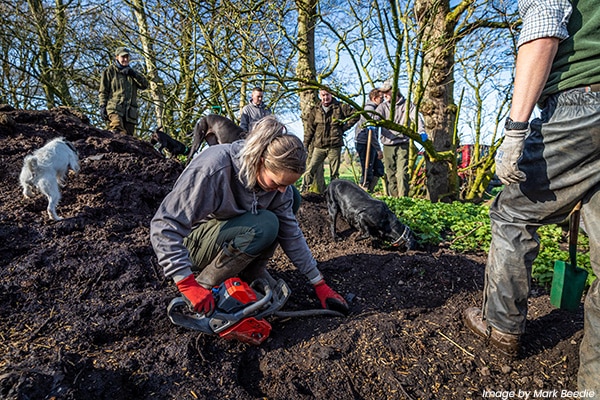
We run a wide range of courses, covering all areas of shooting, including an introduction to woodpigeon shooting.
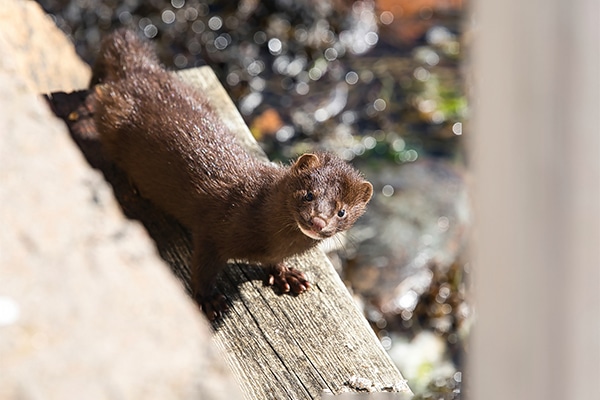
Mink have had a devastating impact on our native fauna through predation on vulnerable species of birds, fish and mammals such as the water vole.